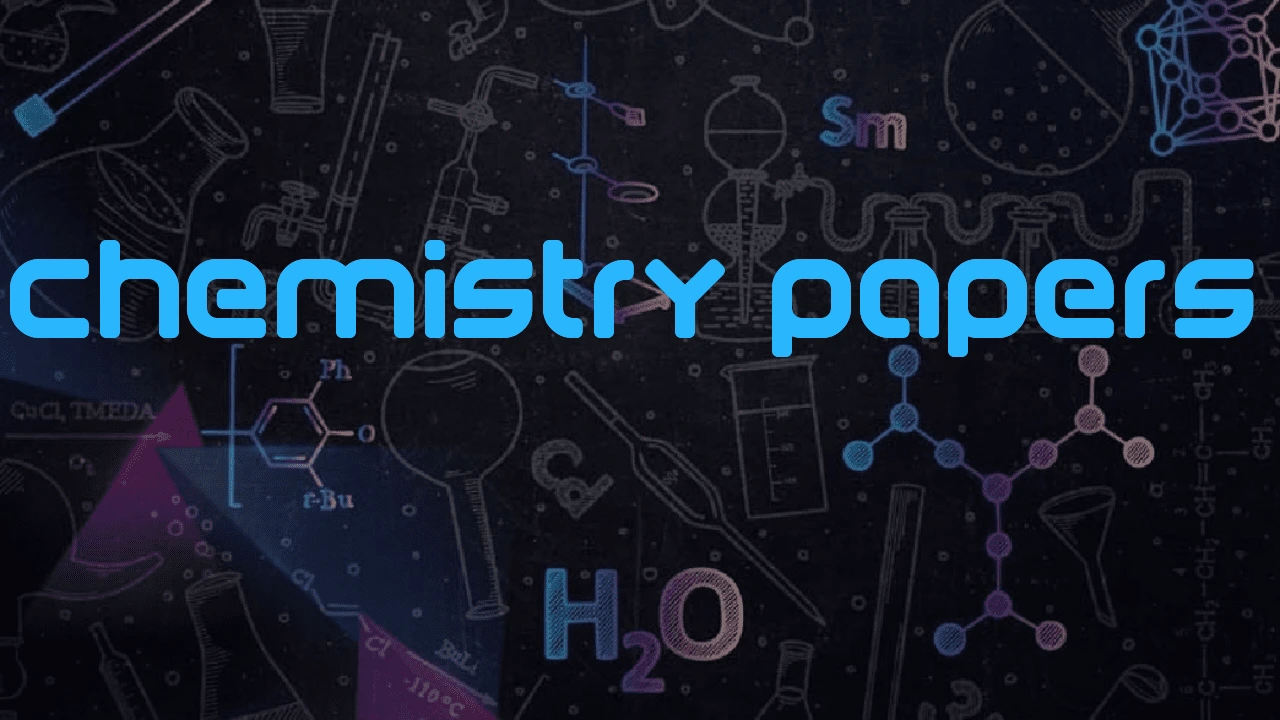1. General Chemistry:
This chapter introduces students to the fundamental aspects of chemical sciences. It covers periodic properties, electronic configurations, atomic and ionic sizes, ionization energies, electron affinity, electronegativity, oxidation states, coordination numbers, and geometries. Additionally, the Kossel-Lewis approach to chemical bonding and Lewis representations of simple molecules and ions are explored, along with different types of chemical bonds.
2. Water Technology:
Focusing on the crucial role of water, this chapter explores water sources, impurities, and water hardness. Students study boiler problems and the process of softening water through external and internal treatments. Additionally, domestic and wastewater treatments, as well as desalination of brackish water, are discussed.
3. Metals, Alloys, and Corrosion:
This chapter introduces students to the physical properties of metals and the significance of alloys. Various types of alloys, including steel, copper, aluminum, and lead alloys, are explored, along with their industrial applications. Moreover, students delve into corrosion, its theories, and protective measures against it, such as the use of organic and inorganic materials, inhibitors, and cathodic protection.
4. Polymers and Fibers:
In this chapter, students learn about polymers and their classification based on source, structure, and molecular forces. Polymerization mechanisms and the vulcanization of rubber are discussed, along with applications of rubber. Students also explore commercially important polymers, such as PE, PP, PS, PVC, ABS, PMMA, and Glyptal, as well as various types of fibers, their physical properties, and their uses.
5. Nanomaterial:
This chapter introduces students to nanomaterials, including fullerenes, fullers, metal-based nanoparticles, carbon nanotubes, and nanowires. They study the synthesis of nanomaterials using top-down and bottom-up approaches, as well as their applications in catalysis, textiles, and medicine.
6. Fuel and Combustion:
Students delve into the definition of fuel, its types, and applications, along with the concept of calorific value and characteristics of good fuel. The analysis of coal, LPG, natural gas, biogas, and refining of petroleum through fractional distillation are covered, along with octane and cetane numbers, unleaded petrol, and diesel.
7. Chemical Aspect of Biotechnology:
In this chapter, students explore the scope, importance, and applications of biotechnology. They learn about its benefits in agriculture, food quality, and medicine, as well as fermentation processes and enzyme applications in various industries. Biofuels, biofertilizers, biosurfactants, and bioreactors are also discussed.
8. Analytical Techniques:
The final chapter covers various analytical techniques, including pH measurement, conductance, and potential. Principles of spectroscopy, UV-Visible spectroscopy, vibrational and rotational spectroscopy (IR) of diatomic molecules, and their applications are explored.



